Video
Class presentation 12.13.2021 (Final Portfolio)
Please view my final portfolio below
Thank you
0 notes
Photo
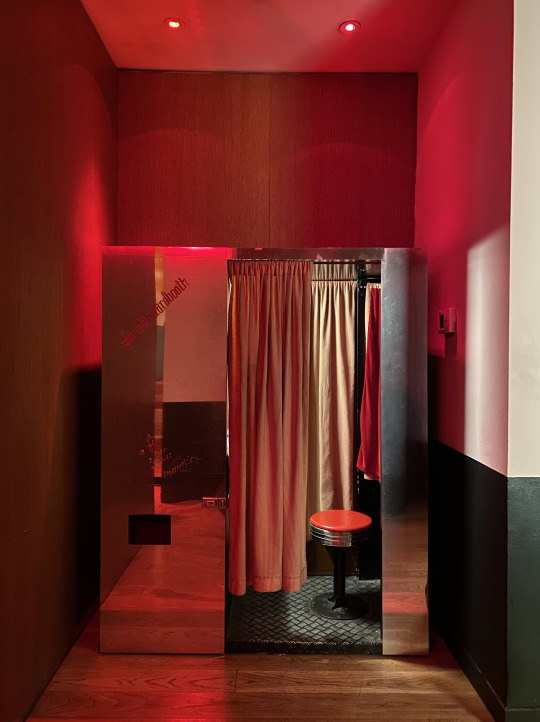

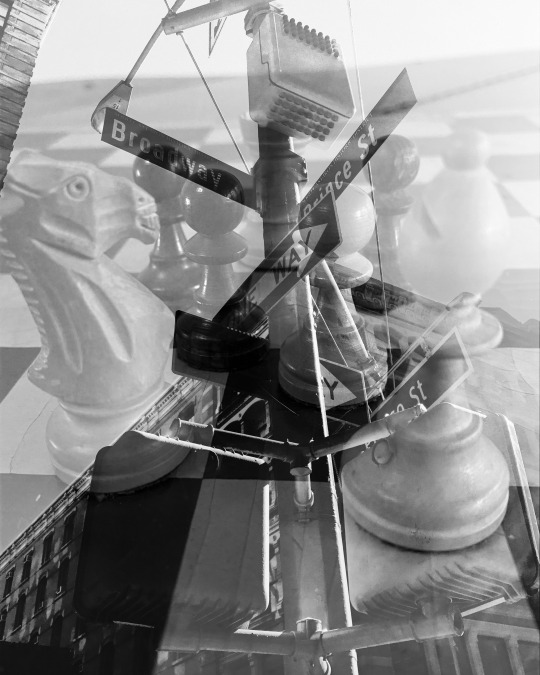



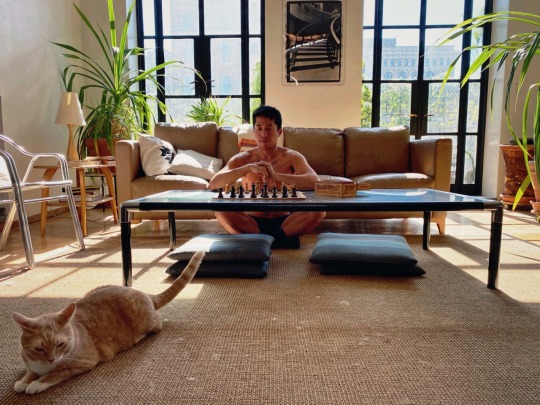

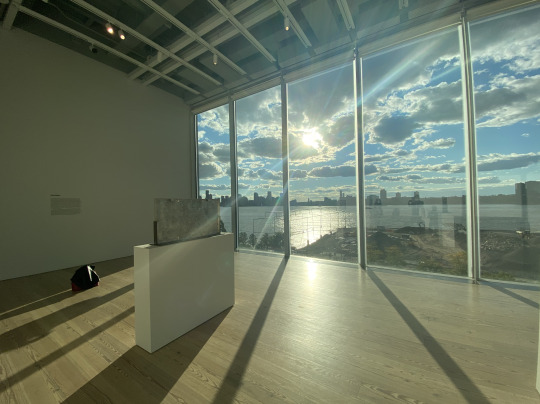
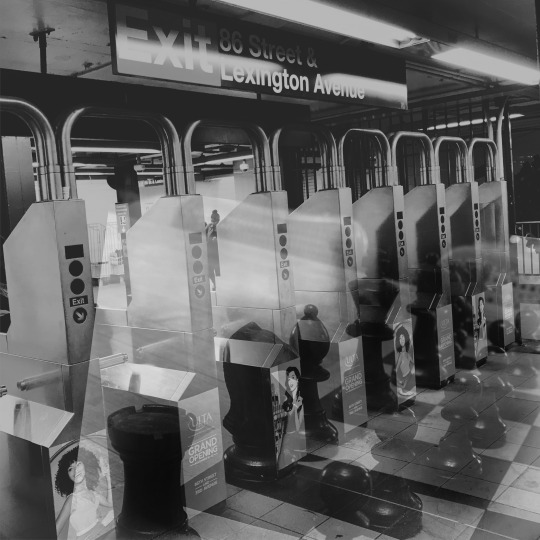

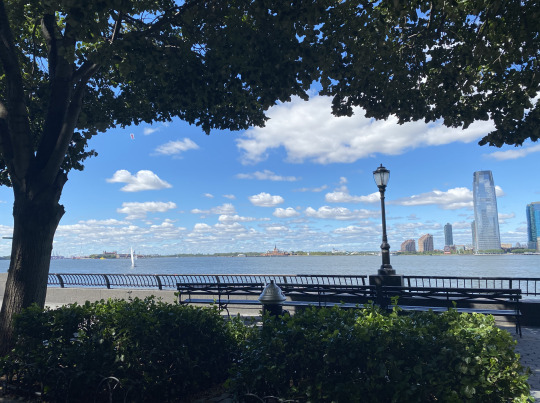
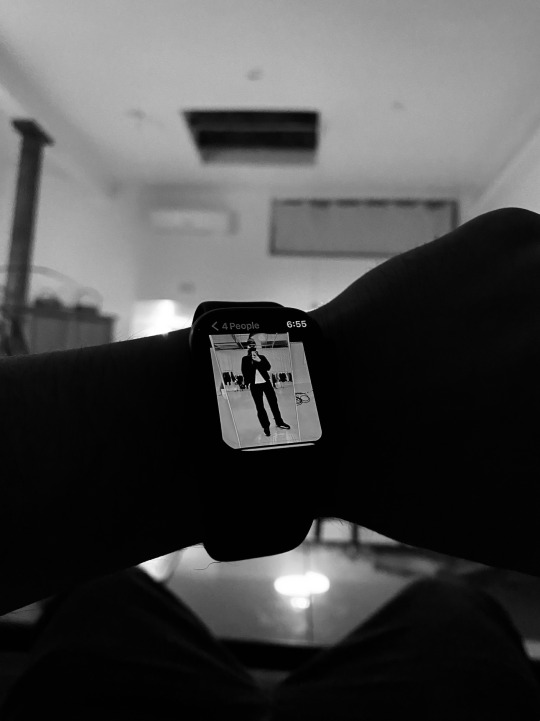

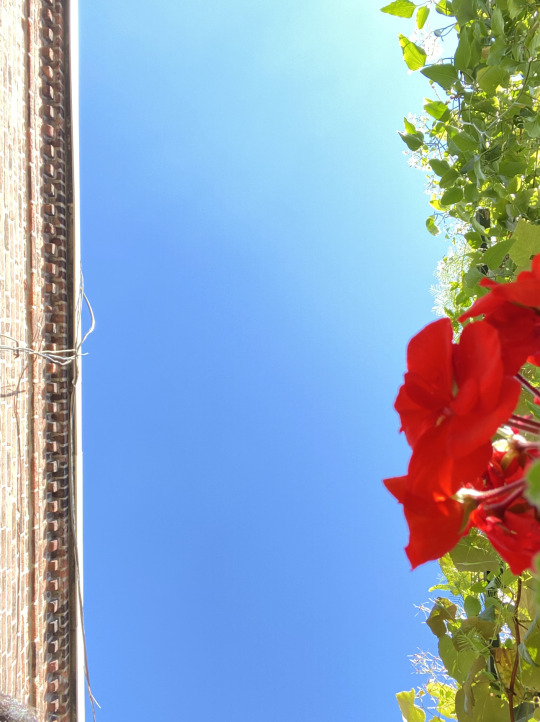
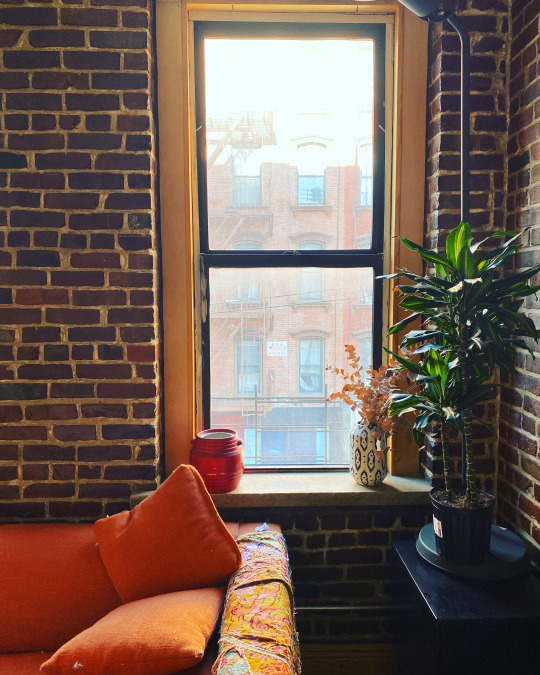

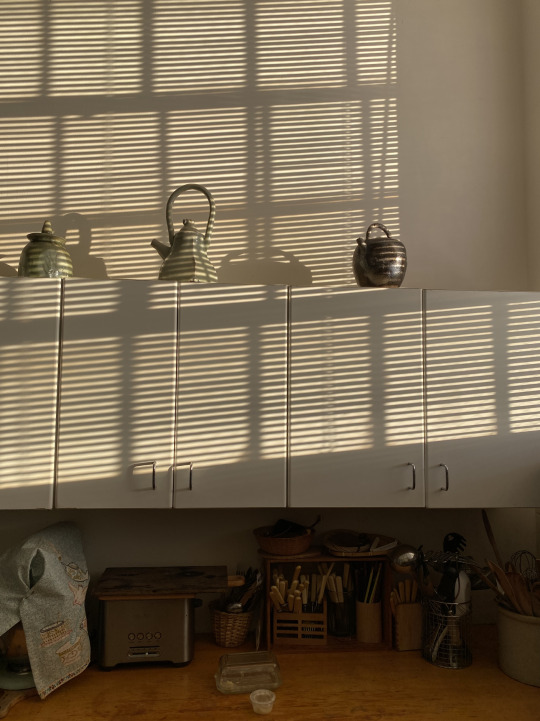
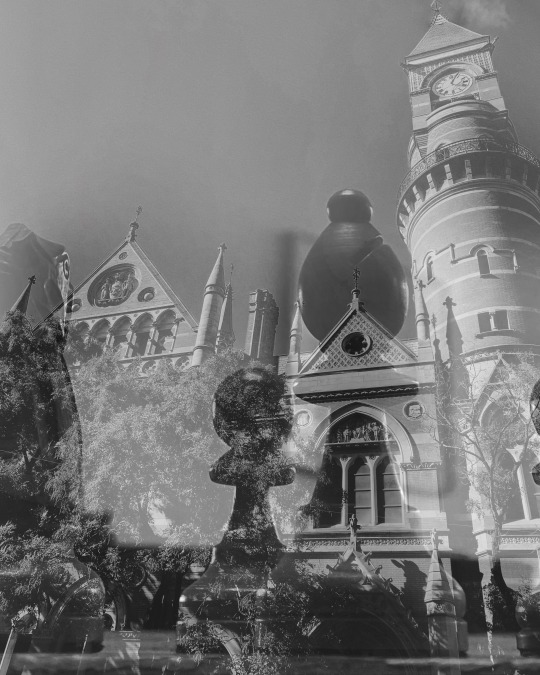

Final Portfolio December 2021
Artist Statement
I have constantly found myself at new crossroads over these last few months. I have developed instincts to be comfortable to explore the road that has been ‘less traveled’ (Frost, 1916). Whether it has been Siever in school, Siever in life or Siever within relationships.
I remember when my friends and I (all of whom I’ve already known for more than 20 years of my life) would set up zooms back in March 2020 — to try to keep everyone’s ‘mental health’ as positive as it could be. Those virtual hangouts were extremely important to all of us as we leaned on one another during uncertain times.
Mid 2020 I had shared a quote to my friends which was, “everyone has a plan until they get punched in the mouth,” (Mike Tyson, 1987). My life inside and outside of school has been a series of plan making, ‘changes of plan’ and the ability to adjust.
When I returned to school in the fall of 2019, I initially was a cinema major. Now I am a few weeks away from obtaining my degree in psychology and starting at Columbia University in January 2022 for graduate school.
The photographs that I have taken this semester are a reflection of self, a reflection of living and being in the present moment. In the past, the younger 'me’ would allow for past or future thoughts to cause anxiety or uncertainty. Through photography, through our photography 101 course this semester, I have been able to deepen my connection to ‘the present moment’ - simply by exploring, looking around and interacting with my surroundings. To me, being in the present allows for an individual to be aware, to be hopeful, to be flexible, to be appreciative and I hope that is reflected in my work.
Note: The artist's intention is for these 20 photographs to be accompanied by ‘Express Yourself’ by Charles Wright & The Watts 103rd Street Rhythm Band. Each photograph displayed for 4 seconds
0 notes
Photo

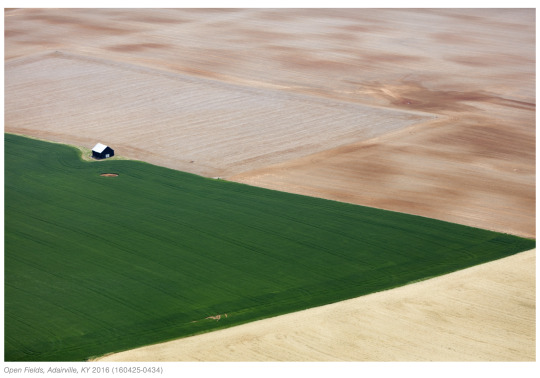

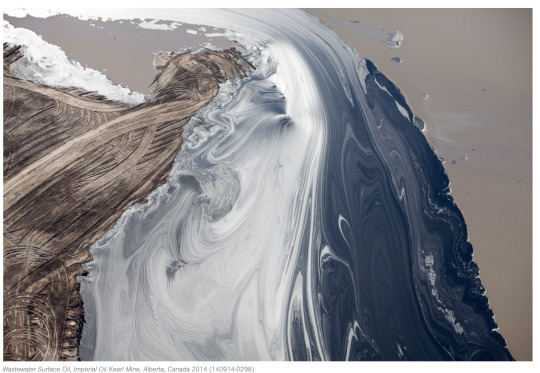
Mini Research Paper
Siever O’Connor Aoki
College of Staten Island, City University of New York
Introduction to Photography 101
Professor Nichole Frocheur
November 2021
Alex MacLean (1947) is an American photographer who is well known for his photographs that he captures from the sky. MacLean’s background is in architecture and design (from Harvard University and Harvard Graduate School of Design) however, it was his interest in agricultural patterns, human interaction with the environment and climate change that had sparked his interest to start documenting visible change from 5000 feet in the air. According to the Museum of Contemporary Photography (MoCP), Alex MacLean “obtained his commercial pilot license in 1975,” and since the mid 1970’s to present day, Alex MacLean has captured beautiful imagery from an aerial view. The two bodies of work from Alex MacLean that seem perfect to compare and contrast are Agriculture and Energy + Waste; particularly due to one body of work displaying beautiful American Land and then the juxtaposition of images of acid runoff or oil polluting neighboring lakes.
During the years of 1990 - 2016 Alex MacLean captured 48 images of American agriculture, flying over the states of Arizona, California, Connecticut, Idaho, Illinois, Indiana, Kentucky, Long Island, Massachusetts, Missouri, Montana, New England, New Jersey, Ohio, Pennsylvania, Utah, Texas, Vermont, Washington State, and Wyoming. Due to this body of work spanning for over two decades, the camera equipment used changed as well. In a 2019 article written by David Walker, Walker writes, “MacLean shot with a Canon 5DS R, using prime lenses ranging from 24mm to 400mm.” A 24mm lens is considered to be an ultra-wide angle lens, and a 400mm lens is considered to be a telephoto lens. Prior to using the Canon 5DS R, Alex MacLean shot through “an airplane window with a 35mm camera,” according to the Museum of Contemporary Photography.
One of the images that is particularly striking is a photograph titled Marias River Drainage and Pivot Irrigator, Montana 1991 shot with a 35mm film camera. A river drainage is “a system where all water precipitation flows into a single stream or set of streams,” (britannica.com). What is quite fantastic about this photograph is the amount of detail in every section of the image. Viewers are given a bird’s eye view of different streams all interconnecting with one another. Aside from there being different shapes throughout the photograph, the mountains that are apparent -- pop out, almost creating a 3-D effect. One cannot help but notice the texture that comes across the photograph, created by the flat land, different cuts of grass, and different levels created by the mountains.
Flash forward to twenty five years later, in 2016, Alex MacLean captures the photograph titled Open Fields, Adairville, Kentucky. What stands out in the photograph also in the Agriculture body of work, is the different perspective a viewer has, of this lonely, vast open field in Kentucky. Shot with the Canon 5DS R 24mm lens, Alex Maclean gives viewers less of a ‘birds eye view’ and more of a perspective as if an individual were on the highest point on a hill. What can almost be described as a “painting” of a landscape, the pop of the healthy green grass strongly is contrasted by what seems to be an open and dry field, with different shades of brown and cream. On Alex Maclean’s website, there is a biography written in the third person that states, “trained as an architect, he has portrayed the history and evolution of the land from vast agricultural patterns to city grids, recording changes brought about human intervention and natural processes.” The following body of work titled Energy + Waste depicts the idea of ‘human intervention’ as viewers will witness oil spills and acid runoff that seep into our waters and land — and as sad as the situation may be for the environment, there is also an element of beauty (in the photograph) that cannot be unnoticed.
All of the photographs taken (64 images) in Energy + Waste were captured between 2014 - 2016. One of those photographs, titled Ore Runoff, Duluth, Minnesota (2014) - depicts a dangerous looking environment, where there are implications that this was a “man made” cause. According to the Environmental Protection Agency (EPA), an ore runoff is “water that is polluted from contact with mining activity, and normally associated with coal mining. It is a common form of water pollution in areas where mining took place in the past.” What is interesting about this particular photograph (and what can be said about many of Alex MacLean’s photography) is that the photographer does not do a lot of ‘telling’ -- the photograph itself communicates all of the information that the viewer needs. After a brief google search, Duluth, Minnesota is known for its manganese, copper, nickel and titanium mining. What Alex MacLean captures in this photograph, are the realities and after effects of the mining process, shot from thousands of feet from the air.
In the same year (2014), Alex MacLean captured some more environmental issues -- but this time not in the United States, but by our neighbors in Canada. In a photograph titled Wastewater Surface Oil, Imperial Oil Kearl Mine (Alberta, Canada), viewers are again torn, as we witness a beautiful landscape combined with a man-made disaster. Again, written in the ‘biography’ section of MacLean’s personal website, it states “his powerful and descriptive images provide clues to understanding the relationship between the natural and constructed environments.” Viewers are placed in a position of conflict, on one hand there is this absolutely horrible scene of an oil spill, mixing into a body of water; and yet on the other hand, this photograph without any context, could be considered as beautiful and alluring.
My intention in comparing these two bodies of work, Agriculture and Energy + Waste, was to compare two different projects highlighting the beauty of ‘nature/natural’ versus “nature/natural disaster.” In Alex MacLean’s portfolio on his personal website, there are ten different bodies of work, all shot from an aerial perspective. What makes his perspective unique and ‘non-repetitive’ is his use of subject matter, framing, perspective/angles and use of natural light. Recently, Alex MacLean has focused on climate change, more specifically documenting ‘sea level rise’. Aware of his own carbon emissions (as he flies his personal plane for his photography), MacLean states, “I do a lot of flying and I feel a lot flying I have been doing can be taken over by drones, which can be a good thing,” (Walker, 2019). Something I did not at all consider during my research (due to being in awe of the beautiful photography) is this position that Alex MacLean is contributing to the exact thing he is documenting. However with his recent statement about his own carbon emissions, hopefully MacLean will switch to a more ‘green’ medium (such as a drone) and still offer his unique perspective, but while respecting the environment.
References
http://www.alexmaclean.com/
Encyclopedia Britannica (n.d.). Drainage basin. Encyclopedia Britannica. https://www.britannica.com/science/drainage-basin.
Environmental Protection Agency. (n.d.). EPA. https://www.epa.gov/nps/abandoned-mine-drainage
Museum of Contemporary Photography. (n.d.). https://www.mocp.org/detail.php?type=related&kv=8346&t=objects.
Walker, D. (2019, December 19). Alex Maclean's aerial photos of Climate Change. PDN Online. https://pdnonline.com/features/photo-books/alex-maclean-aerial-photos-of-sea-level-rise/.
1 note
·
View note
Photo
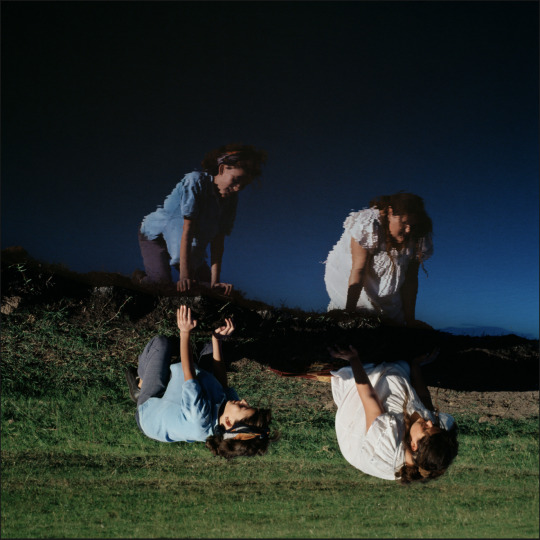
Alessandra Sanguinetti’s - The Adventures of Guille and Belinda and the Illusion of an Everlasting Summer
I chose this image from The Adventures of Guille and Belinda and the Illusion of an Everlasting Summer due to the split imagery, the essence of young childhood, and the essence of that feeling of never wanting ‘summer’ to end. On page 11 in Charlotte Cotton’s Intimate Life reading, I saw the image of one of the two cousins (Guille or Belinda) crying. I was intrigued by the photo, and then I was provided with the exact context I was looking for in the reading: that the collaboration between Alessandra Sanguinetti and the two cousins, “centered on the girls’ decisions about how to represent themselves, often involving theatrical performances and dressing-up.” At first I thought a photographer captured a private moment with this young girl, but it seems like this young girl was playfully in ‘character’ even though she seems to be full of emotion. When I look at other images from this body of work (the picture from the reading/The Adventures of Guille and Belinda and the Enigmatic Meaning of their Dreams), more than half of the photos of just Guille and Belinda seem very theatrical, playful, and carefully staged but yet organic.
It is known that Alessandra Sanguinetti initially spent a few years documenting the interactions between Guille and Belinda, but it seems that this project took new form, as ‘a few years’ turned into more than two decades of chronicling these two girls, as they became young women. The photo that I have posted is from The Adventures of Guille and Belinda and the Illusion of an Everlasting Summer, which seems to me to be the most recent body of work out of this ‘trilogy’. After reviewing all of the photos within this on-going series, I was really sad to learn that the two cousins started to hang out less as they got older. Some of this is represented in the body language and framing of Guille and Belinda (as young adults), compared to when the two cousins were only 9 and 10 years old. One big moment for me, as a viewer of the entire series, was when I saw one of the cousins in The Adventures of Guille and Belinda and the Illusion of an Everlasting Summer pregnant, marking a new perspective for me as a viewer, once getting a peek into the lives of young children, now seeing them as young adults, as they enter a new chapter in their lives as young adults.
What has drawn me to Alessandra Sanguinetti’s work in this body of work, is the time spent with these two cousins in Buenos, Aires. Through the photographs I almost feel like I have spent my life as a third member in Guille and Belinda’s partnership (as a third family member or friend). I find this body of work so interesting, because in a sense, there are multiple stories taking place, the initial photography from Alessandra Sanguinetti and the story of union-ship, and how sometimes union-ship can fade away (like the closeness of these two cousins). I can get choked-up when I think about my past relationships with close friends or family members as a young kid, and the fact that time, interests or other factors can lead us apart from one another. What is beautiful about this series of work from Alessandra Sanguinetti, is that Alessandra Sanguinetti in general does very beautiful portraiture work, especially when photographing youth. This is noticeable in her current 2021 photographs, or even prior. But in the series, The Adventures of Guille and Belinda and the Enigmatic Meaning of their Dreams and The Adventures of Guille and Belinda and the Illusion of an Everlasting Summer, each photo seems like an individual play, with a beginning, middle and end. I ended up choosing the image I did for my assignment post, because in a sense, the split image represents two worlds for me. The childhood of Guille and Belinda and their young adult lives.
Reference
https://alessandrasanguinetti.com/
- - - - - - - - - - - - - - - - - - - - - - - - - - - - - - - - - - - - - - -
*****As I was doing my research on Alessandra Sanguinetti, I felt that It was hard to find a direct online source that provided any up-to-date information on the said photographer. I bring this up because Alessandra Sanguinetti has a personal website which displays her work as an ‘independent’ photographer. There is very little information pertaining to the individual body of works’ by Alessandra Sanguinetti, but what was interesting was coming across various ‘links’ to the website: magnumphotos.com.
It is at Magnum Photos that seems to highlight Alessandra Sanguinetti’s most recent ‘projects’ - - which happen to be, of a more ‘current’ or ‘recent date’ than to (The Adventures of Guille and Belinda and the Illusion of an Everlasting Summer). To me, alessandrasanguinetti.com seems to indicate that what is on this personal website, is what the artist considers as their latest ‘body of work’. I feel that this was an important distinction for me, because I want to consider what the artist themselves feel is ‘their latest’ body of work. When I was doing google searches on Alessandra Sanguinetti, it is clear that she has recent 2021 photographs published in various well known publications -- but these photographs did not represent to me that they were to be considered ‘a body of work’ by Alessandra Sanguinetti, but maybe more of an ‘assignment’ or ‘freelance’ job/opportunity.
1 note
·
View note
Photo

mood board screen shot of my process for narrative - - it was one of my first times creatively doing any sort of picture/photo editing - - I really loved trying to mimic the shape and form I saw outdoors with the chess pieces and board at my house
0 notes
Photo
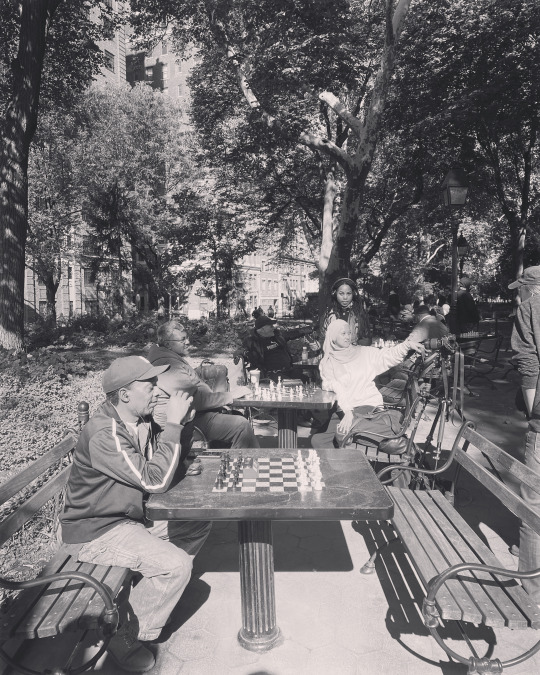

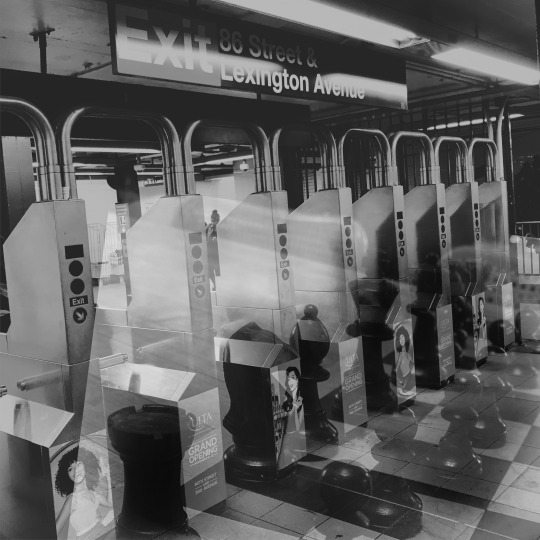
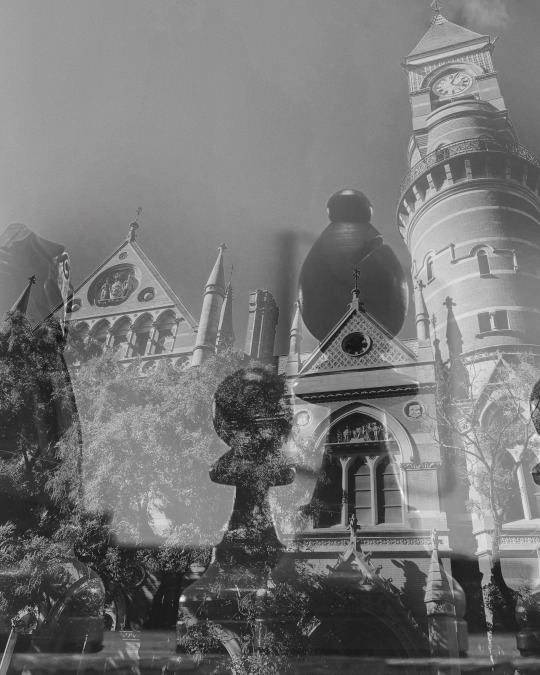
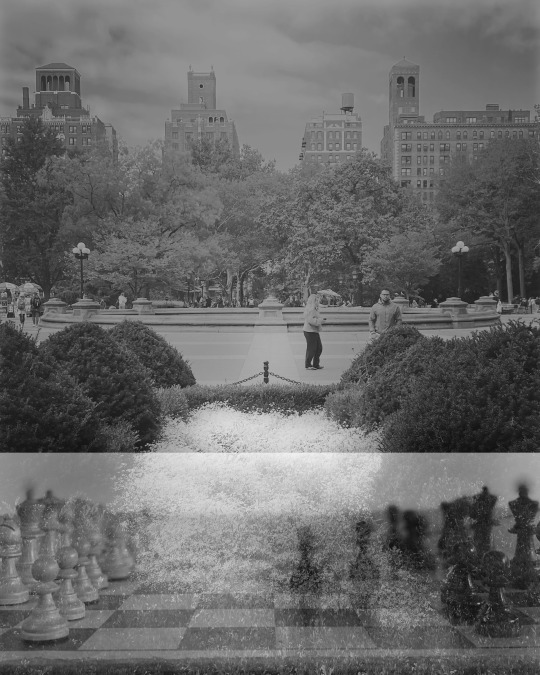
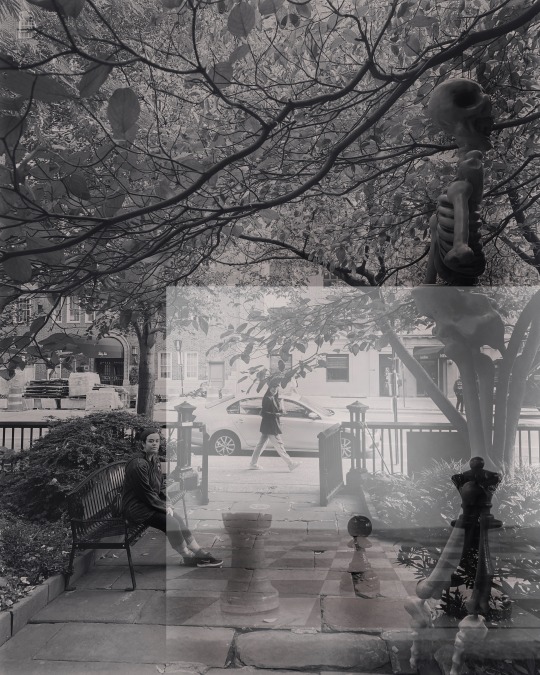
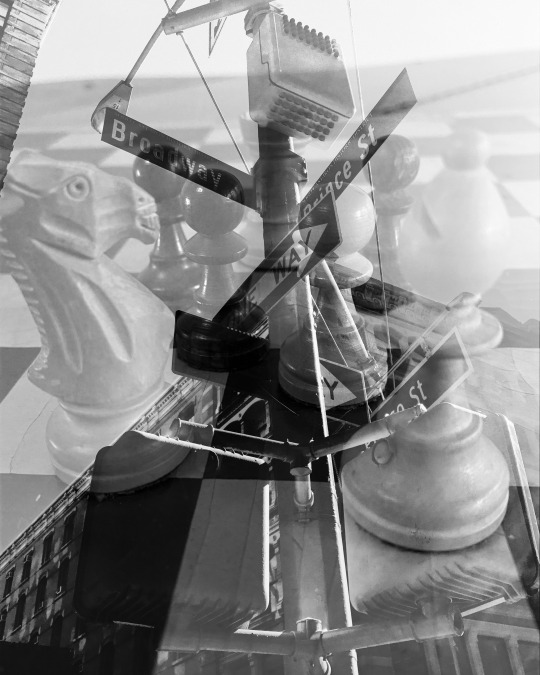



Chess Dimension (CD)
What if the game of chess had different rules, different pieces or a different story to tell. Like our favorite childhood films, old or new Disney classic’s, or the ‘shorts’ we all enjoy before a Pixar film - - I try to capture a chess game gone rouge, simultaneously when an actual game is being played (first photo and last photo).
Thinking of it as a narrative, like a short film, I begin with a player waiting for an opponent for a real chess game. Then we are slowly introduced to the chess pieces forming their own perspective and point of view, as if the pieces have taken over New York – taken over the streets – amongst pedestrians, before ending with the real chess game.
I chose black and white photography for my narrative because it mirrors the pieces in a game of chess and this is a glimpse of my environment and the game of chess.
0 notes
Text
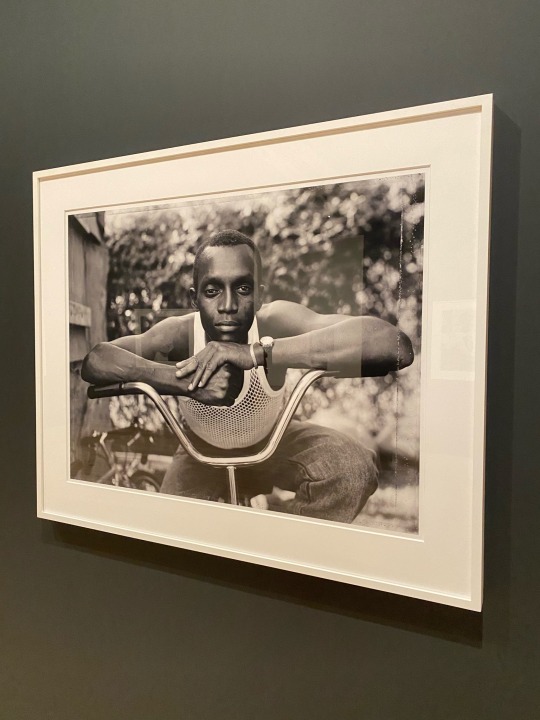

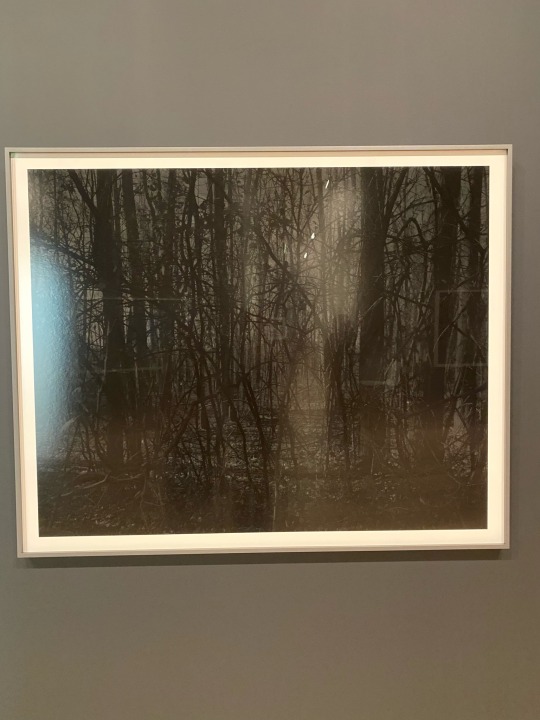

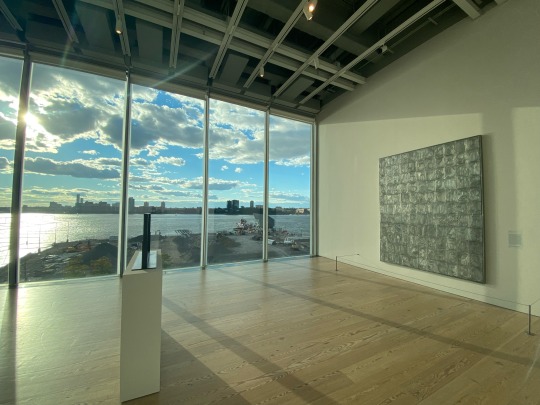
Free Shooting - 9.29.2021
The Whitney Museum.
I didn’t like the glare from the museum lights on the photographs that I planned to included in my exhibition review (below) - so I used images that I’ve found online for my assignment, but I wanted to post the photos I took myself from the day as well
0 notes
Photo

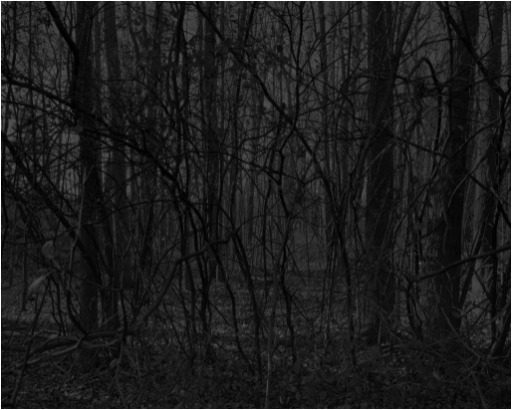
I had an opportunity to visit The Whitney Museum both September 29th and 30th to further explore the Dawoud Bey exhibit, An American Project. The exhibition occupied the entire 8th floor, continuing on the museum's first floor. On The Whitney Museum's website, they've listed all 8 of the featured artworks of Dawoud Bey (https://whitney.org/exhibitions/dawoud-bey#exhibition-artworks). “The Birmingham Project” was shown on the first floor as the other 7 collections were shown on the 8th floor. In total I counted around 92 photographs displayed in this exhibit (14 on the first floor and 78 on the 8th floor). The dimensions were not present underneath the photographs where the descriptions were displayed. My rough estimate (and after a museum staff member suggested me checking online) - the smaller photographs are around 11” x 14” and I am guessing the larger photographs range around 36” x 48” and even 48” x 60”. When museum goers step off of the elevator on the 8th floor, you are immediately introduced to the artist through a selection of photos and information on the curation of the exhibit on a wall. In a few paragraphs, I got to learn relevant information on Dawoud Bey’s approach to his craft of photography, and how he integrated everyday life influences and sociocultural contexts to his art. Bey was born in the year 1953 and including his more recent projects, Dawoud Bey has been chronicling his perspective for more than 40 years. In those four plus decades (and counting), Dawoud Bey to me has been successful in documenting past, present and future histories in communities that are marginalized and underrepresented - in an incredibly powerful and moving way.
There were photographs from two separate collections that I wanted to focus on, which came from “Type 55 Polaroid Street Portraits” and “Night Coming Tenderly, Black”. In a recent project 2017, “Night Coming Tenderly, Black” displays photographs of dark landscapes, dark heavily wooded areas, and a lonely dark ocean. Bey’s intention in displaying all of the dark images, was to give the perspective of a Black individual seeking freedom, in an imagined Underground Railroad route. As a museum goer, I stood for a few seconds to have my eyes try and adjust to the dark surrounding as if it were the middle of the night. Untitled #17 (Forest, 2017) gave me chills because I can imagine the sounds of the surroundings, the sounds an individual or group can make (when trying to make little sound at all in a dense forest), the rush of adrenaline and fear as you are seeking the different networks of protection. I find this photo Untitled #17 (Forest) to support this exhibition and Dawoud Bey as an artist in a few different ways. One of those ways being, that this photo and collection was created in 2017, referring to a time period of the early 1800’s - 1850 (the history of the Underground Railroad). Using the camera as a tool, Dawoud Bey was able to transfer me to a time period, sparking many of my senses, using his perspective in a modern day setting and technique behind the lens. In relation to the Robert Hirsch reading, I find there to be a lot of rhythm to the forest. There is a lot of repetition to the bark, the vines, the leaves and shrubbery blanketing the floor.
The second photograph that I would like to focus on, “A Boy Eating a Foxy Pop, Brooklyn, NY, 1988” came from the “Type 55 Polaroid Street Portraits” collection. At the start of my experience when viewing An American Project, Dawoud Bey was described as using his camera to create “poignant meditations on visibility, power and race, chronicling communities and histories that have largely been underrepresented or even unseen.” When I look at “A Boy Eating a Foxy Pop” in the middle of The Whitney Museum, in a prominent lower manhattan neighborhood (Chelsea) - I visually get to peek into a world that is usually not represented, and get to be apart of Bey’s intention of the unseen getting ‘seen’ - all while sharing this experience with other museum goers in a well known museum establishment. When reflecting on past class discussions on the Robert Hirsch reading, “A Boy Eating a Foxy Pop” displays line, shape and space. I see lines coming from the closed store-front gates, the boys hairline and fingers, all moving horizontally, and then vertically I see the empty popsicle wrapper/plastic, his nose and off-center ‘buttoned-up’ row of buttons. When I think of shape and space, I see this young boy front and center as the main focus, powerfully filling the frame.
When I think about the two photographs that I’ve focused on, and their relationship to this whole exhibit and their staying power, I cannot stop thinking about how Dawoud Bey made me think about time. “A Boy Eating a Foxy Pop” was taken in 1988 and “Untitled #17 (Forest)” in 2017. When I look at “A Boy Eating a Foxy Pop,” I feel a very current bond, connection and understanding - though this photograph is more than 33 years old. When I view “Untitled #17 (Forest)” which was taken in 2017, given the context and information that we were given, a photograph that was taking 4 years ago, all of a sudden can allow me to try and imagine a moment during a time period that took place more than 170 years ago. I have to admit that this is my first time coming across the work of Dawoud Bey (and him as a human) and I feel lucky to continue to follow and support his artistry.
References:
Dawoud Bey 1953 -
“A Boy Eating a Foxy Pop, Brooklyn, NY, 1988”
Untitled #17 (Forest)” in 2017
0 notes
Photo

Place 1 of 8
September 25, 2021, 11:10am, 420 Kent Ave. Shot on my Iphone 11, +1.7 exposure. Shot in a portrait orientation
0 notes
Photo
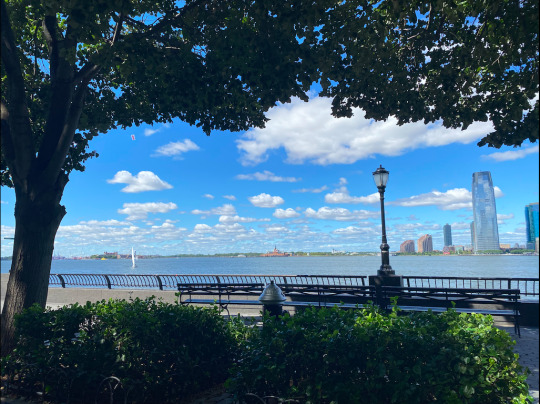
Place 2 of 8
September 18, 2021. 11:17am, Battery Park City. Shot on my Iphone 11. Shot in a landscape orientation.
0 notes
Photo
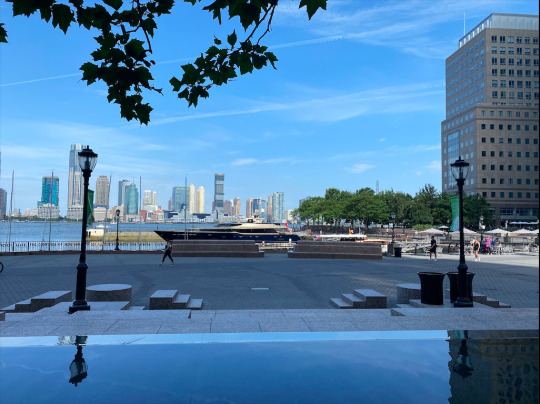
Place 3 of 8
September 18, 2021. 10:19am, North Cove Marina/Battery Park City. Shot on my Iphone 11. Shot in a landscape orientation.
0 notes
Photo
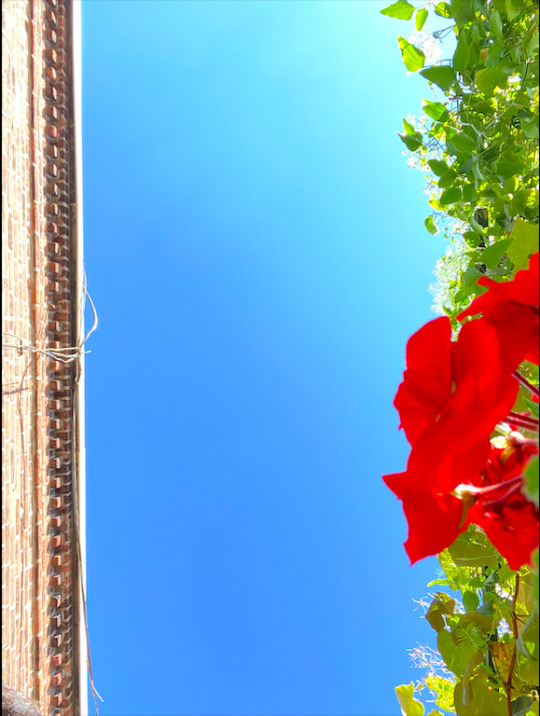
Place 4 of 8
September 25, 2021. 12:01pm My mom’s garden on the balcony. Shoot on my Iphone 11. Exposure 2.0. Shot in a portrait orientation.
0 notes
Photo
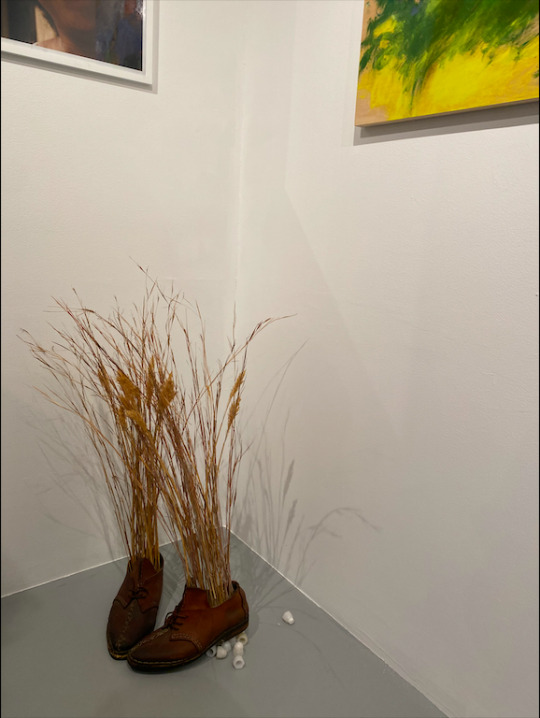
Place 5 of 8
September 23, 2021. 6:27pm. Olympia art gallery 41 Orchard st. Shot on my Iphone 11. My exposure was set at -0.3. Shot in a portrait orientation
0 notes
Photo

Place 6 of 8
September 25, 2021. 8:56am. 6 Eldridge st, Chinatown, NY. Shot on my Iphone 11. My exposure was set to -0.7. Shot in a portrait orientation
0 notes
Photo
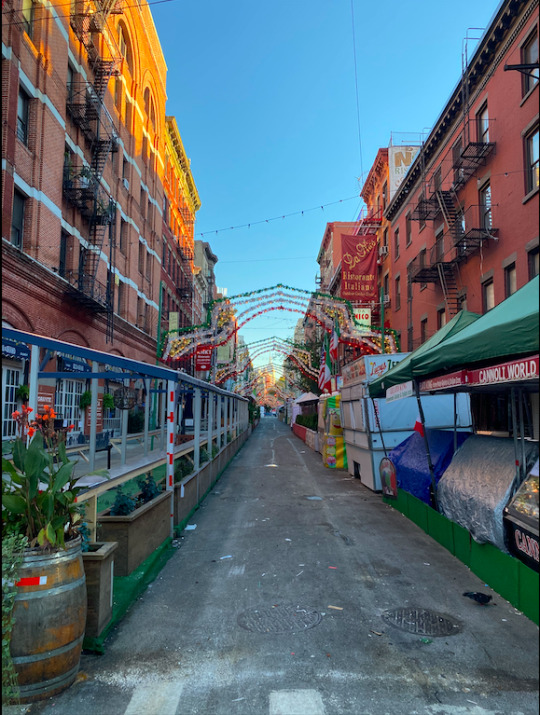
Place 7 of 8
September 25, 2021. 7:25am. Mulberry and Grand Street, The Feast of San Gennaro. Shot on my Iphone 11. Shot in a portrait orientation.
0 notes
Photo
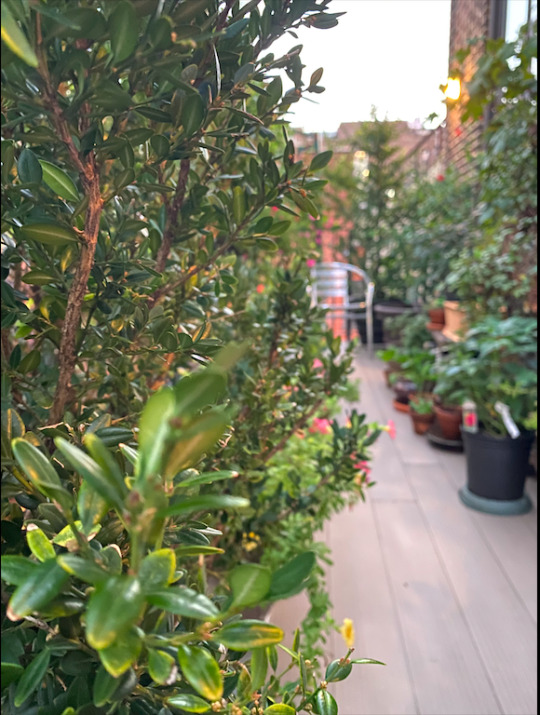
Place 8 of 8
September 24, 2021. 6:59pm. Shot on my Iphone 11. Shot in a portrait orientation.
0 notes
Photo
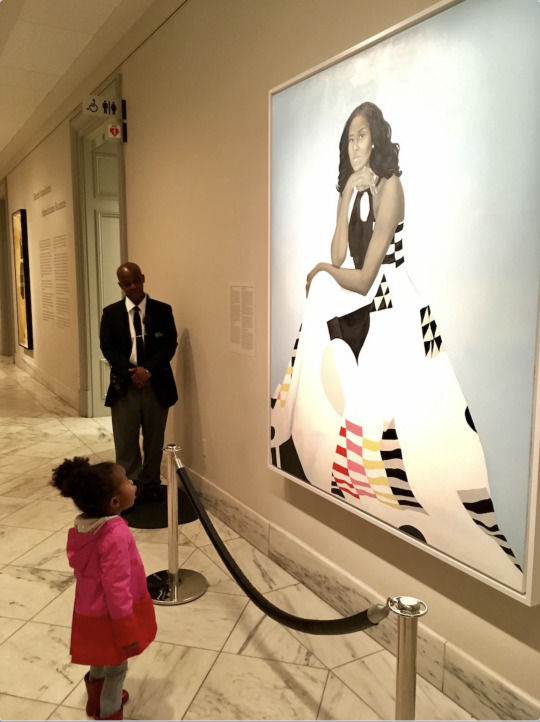
After reading the introduction to Deborah Willis’s “Picturing Us,” my mind thought of a 2018 photograph, that stuck with me and many people around the world. In a Washington Post article, it is explained that 2 year old Parker Curry was “just so fixated on the portrait and wouldn’t turn away from it,” Parker’s mom, Jessica Curry said, (Rosenwald, 2018).
I believe this moment with Parker Curry standing in front of a portrait of Michelle Obama at the National Portrait Gallery, connects to a moment that I came across in the Deborah Willis reading. When reflecting on racial identification, Willis said, “Learning about race and racial pride was consciously encouraged by the black teachers I had in elementary school,” (Willis, para. 2, pg 6). What was really interesting to me, was how in the first 6 pages (of the 12 page PDF), Deborah Willis was reflecting on coming across “The Sweetflypaper of life,” and how she was introduced to a world of photography before really being able to read. Willis explained that she would look at the images and create her own meaning to them, before using the context of the words accompanying the images. On page 4, in the second paragraph Willis says, “Sweetflypaper said to me that there was a place for black people’s stories.”
I find this image of 2 year old Parker Curry to exemplify how powerful and meaningful it can be to have the younger generation to not be bound to outdated textbooks, and to have representation of everyday people or influential leaders who look like them.
I would also like to note that Deborah Willis shifts from one perspective of photography to another perspective. I believe that on page 13, (middle of page 6 in the PDF), Deborah Willis writes that, “my search for black photographers was an attempt to respond to the proliferation of negative, derogatory images of black people.” From then onward I believe that Willis was challenging the depiction of African Americans through early recorded photographs, while providing much more background information and context to the photograph, then what initially may have been portrayed.
References:
Rosenwald, M. (2018, March 5). 'A moment of awe': Photo of little girl captivated by Michelle Obama Portrait Goes viral. The Washington Post. Retrieved September 19, 2021, from https://www.washingtonpost.com/local/a-moment-of-awe-photo-of-little-girl-staring-at-michelle-obama-portrait-goes-viral/2018/03/04/4e5a4548-1ff2-11e8-94da-ebf9d112159c_story.html.
Willis, D. (1997). Picturing Us: African American identity in Photography. New Press.
1 note
·
View note